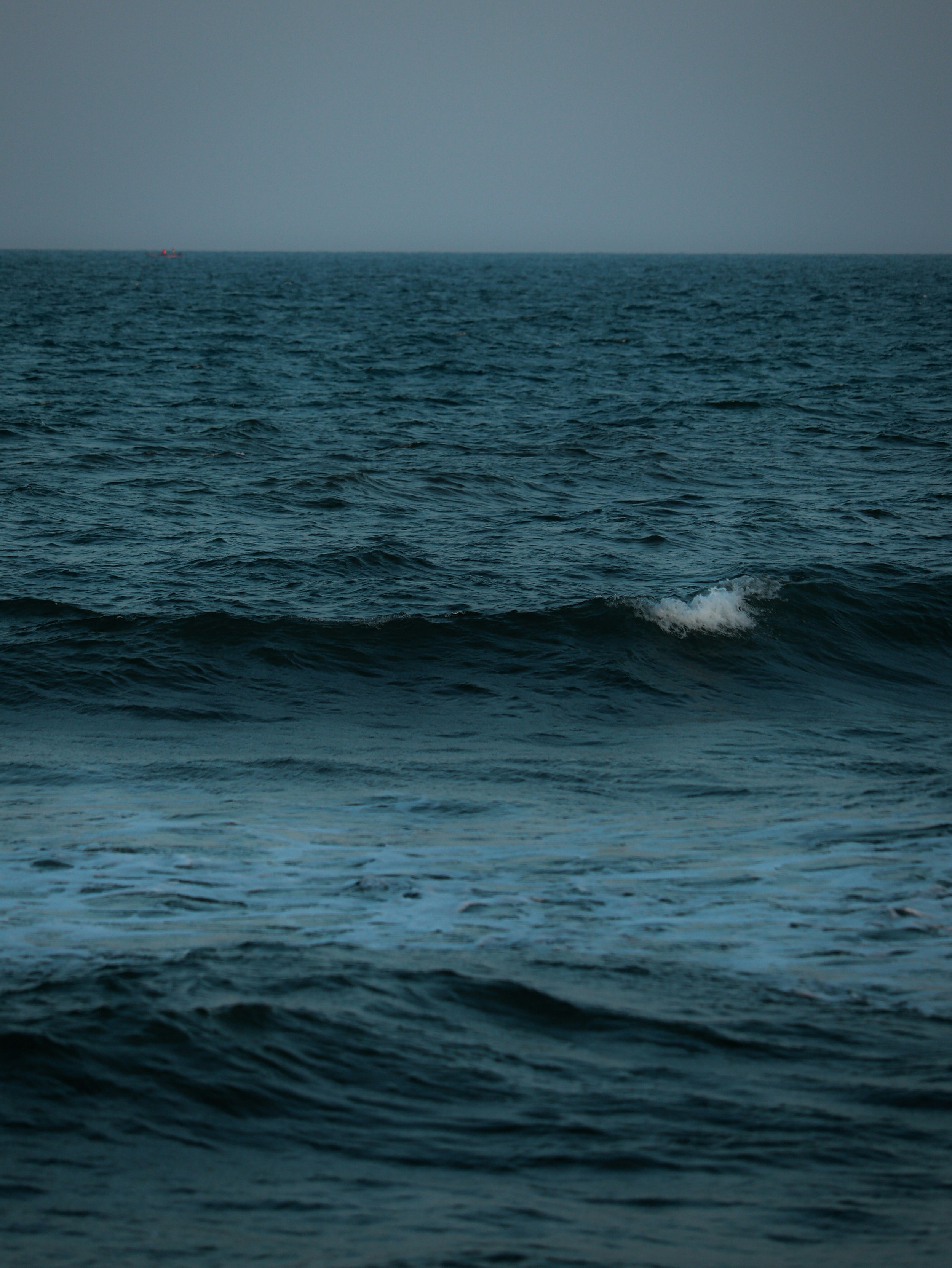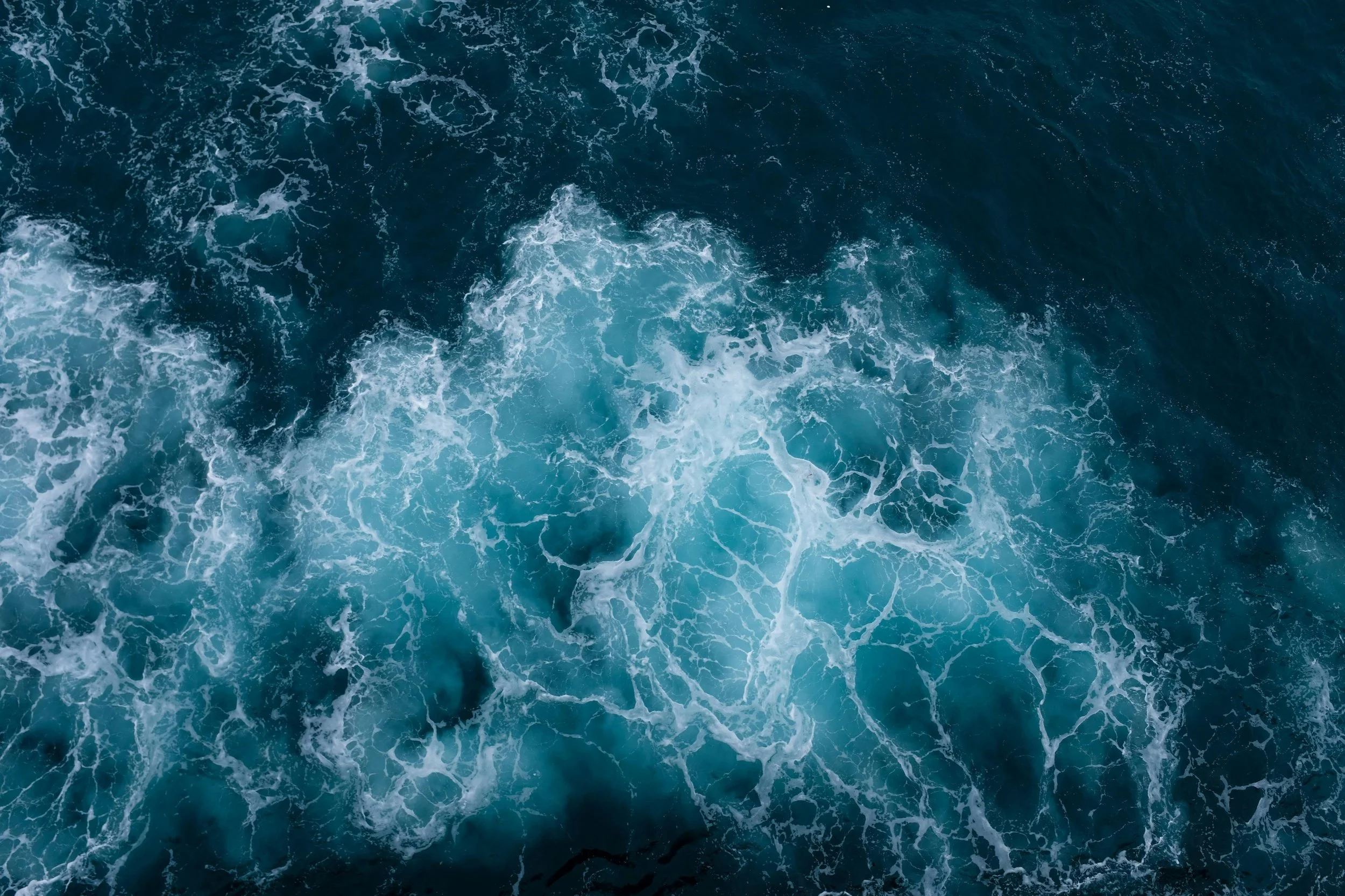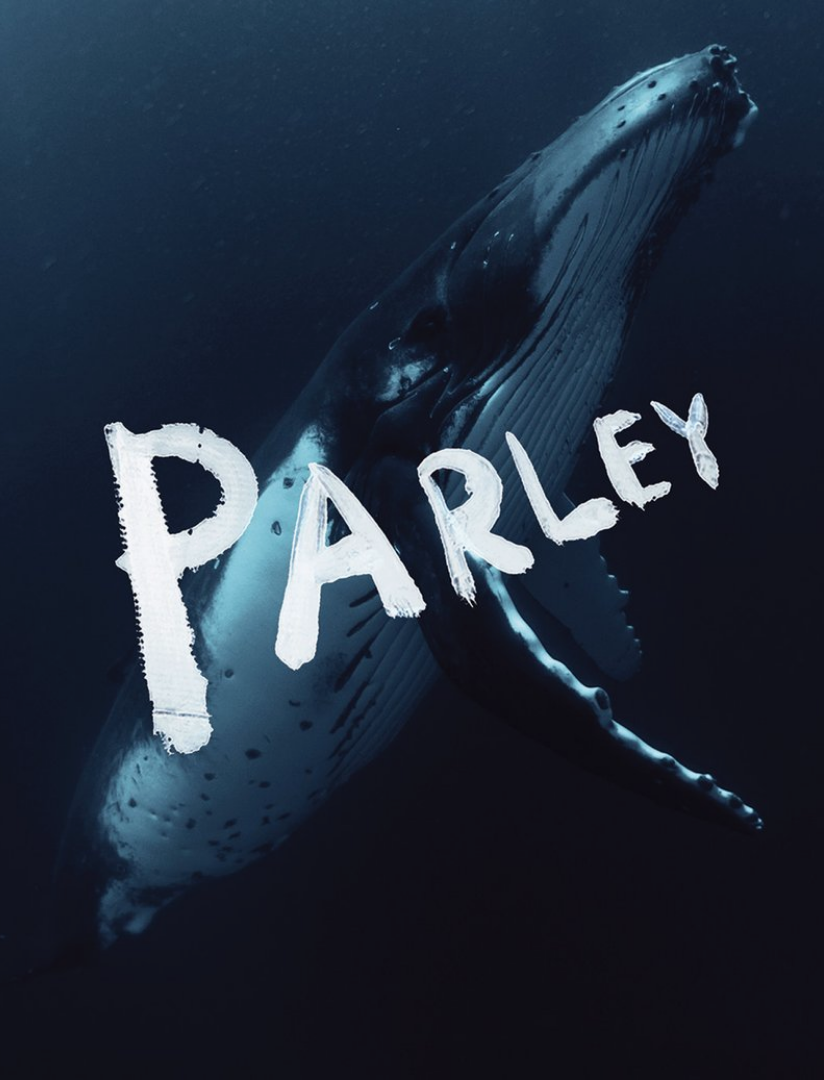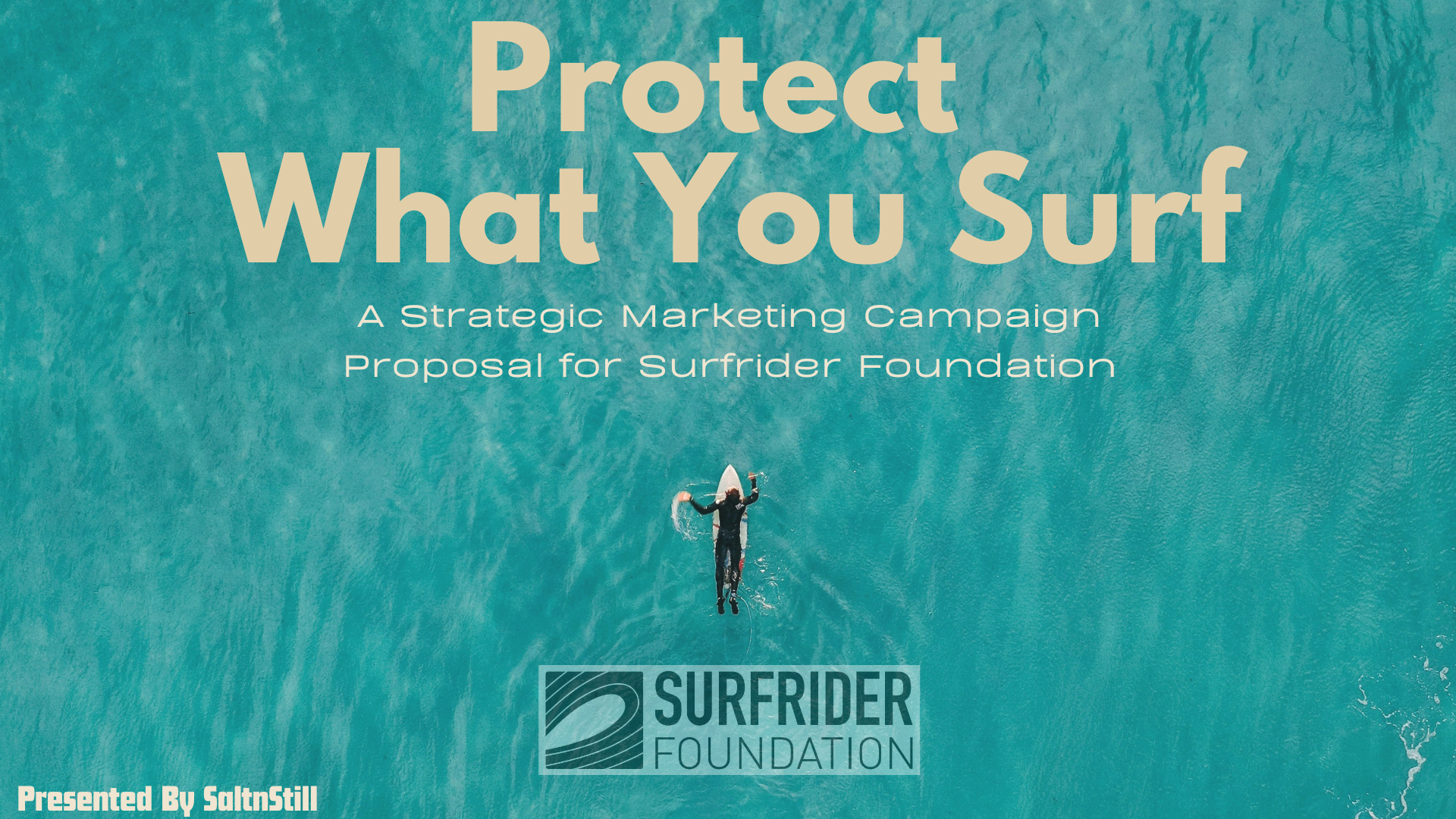
Case Studies/Mock Campaigns
Explore marketing case studies and mock campaigns for ocean conservation organizations. I analyze each brand’s current strategies, highlight strengths and gaps, and apply my marketing expertise to propose fresh, impactful campaign ideas.
Click a company to jump into the campaign.
Case Study
Overview
The Surfrider Foundation is a nonprofit dedicated to protecting the world’s ocean, waves, and beaches for all. With over 100 active campaigns across the U.S. and 900+ victories since 2006, they empower communities to become coastal defenders. Their impact areas include:
Plastic pollution reduction
Ocean ecosystem protection
Equal beach access
Coastal preservation & climate resilience
Clean water advocacy
A team of 75+ staff and a national network of chapter volunteers fuel this mission.
Current Marketing Approach
Surfrider Foundation’s marketing is strong, polished, and well-aligned with its mission:
Social Media: Instagram leads with high-quality visuals, clean branding, and partnerships with eco-creators. Reels highlight storytelling and action moments, from beach cleanups to policy updates.
Campaign Transparency: An interactive dashboard on their website showcases 100+ campaigns by state and issue, making it easy for audiences to navigate.
Podcast: The Surfrider Podcast features long-form, interview-style content that humanizes their mission and highlights community wins.
Calls to Action: From pre-drafted emails to officials to blog-style campaign updates, Surfrider keeps its audience engaged and ready to act.
Collaborations: They partner with eco-friendly brands and influencers (like REEF and pro surfers) for events and fundraisers, boosting credibility and reach.
While Surfrider Foundation has a strong and professional presence, there are clear opportunities to enhance visual storytelling and emotional engagement:
Reels
Current Reels lean heavily on podcast clips and low-production Zoom recordings. These lack the vibrant visuals needed to compete in short-form video feeds.
Recommendation: Lead with high-impact hooks—shocking ocean facts or stats in the first 3 seconds, paired with b-roll footage from ocean photographers and shocking captions.
Prioritizing: Lifestyle, surfer-style content as a gateway to hook new audiences who may not initially be conservation-focused.
Campaign Focus
Their list of 100+ campaigns can feel overwhelming to users.
Recommendation: Feature 10–15 of the most urgent campaigns in a “Featured Campaigns” section, each with rich storytelling and personal voices from the field.
Opportunities to Improve
Mock Campaign
This campaign would help Surfrider meet audiences where they already are: scrolling through short-form, vibe-heavy content. It brings together the fun of coastal lifestyle visuals with real, mission-driven calls to action—turning passive viewers into active protectors of the ocean.
What I learned:
As a marketer, I have seen firsthand how critical it is to blend mission-driven messaging with effective visual storytelling. To hook new audiences, marketing must create an emotional, immersive experience that invites them in and then seamlessly transitions to the cause. This campaign taught me how to craft hooks that resonate and use visual culture as a tool to make sustainability feel accessible, engaging, and urgent.

Case Study
Parley for the Oceans is a global environmental organization founded in 2012 by designer and activist Cyrill Gutsch. Its mission is to address major threats to the world's oceans through creativity, collaboration, and eco-innovation. Parley unites creators, thinkers, and leaders from the worlds of art, science, fashion, design, and technology under one shared belief: the ocean is vital to life on Earth and must be protected. Their strategy, AIR (Avoid, Intercept, Redesign), serves as the framework for all of their programs and partnerships.
Overview
Parley has built a strong brand presence through a mix of high-profile partnerships, design-led campaigns, and storytelling across digital and physical platforms. Key efforts include:
Partnerships with global brands: Adidas, Stella McCartney, Dior, and G-Star RAW. Notably, Adidas x Parley has produced millions of sneakers made with Parley Ocean Plastic, helping to raise awareness while embedding sustainability into fashion culture.
Visually driven campaigns: Instagram, showcasing ocean imagery, product collaborations, and global clean-up efforts. Their tone is smooth, progressive, and rooted in lifestyle activism.
Content collaborations: Artists, musicians, and athletes. These partnerships create cultural relevance and extend reach into non-traditional conservation audiences.
Experiential marketing: Installations at Art Basel and ocean-themed events that merge education, art, and action.
Press and earned media: Thoughtful leadership pieces, fashion week events, and features in design and sustainability publications.
Parley leverages minimalistic branding, compelling storytelling, and premium design to drive impact, though there is room for strategic growth in digital community building and campaign interactivity.
Current Marketing Approach
While Parley's branding is strong, its marketing can be more interactive, targeted, and community-driven:
Limited personalization. Their current digital presence is brand-led rather than user-centered. A shift toward audience co-creation and participation could deepen loyalty.
Underutilized storytelling channels. While their visuals are strong, longer-form content such as short documentaries, behind-the-scenes footage, and founder insights are rare.
Lack of evergreen campaigns. Many activations feel event-based or tied to product drops. Parley could benefit from a recurring campaign that consistently educates, inspires, and activates.
Minimal youth-targeted strategies. Gen Z is a natural ally for ocean conservation but is not directly addressed with tailored messaging, social trends, or influencer activations.
Missed opportunities in gamification. Simple challenges or reward-based participation could drive stronger engagement across digital platforms.
Opportunities to Improve
Mock Campaign
This campaign helps Parley move from being a brand known for premium collaborations to a cultural force for youth-led climate action. It takes their existing strengths — striking visuals, high-end design, and powerful brand partners — and channels them into a more interactive, purpose-driven narrative that invites Gen Z to participate, not just admire. By blending storytelling, community challenges, and hands-on tools, “Turn Plastic Into Purpose” creates a clear path from awareness to action.
What I learned:
This campaign taught me how to work within an established brand identity while still pushing it somewhere new. Parley already has a luxury, design-forward aesthetic — through this project, I learned how to preserve that high-end feel while making the messaging more interactive, Gen Z–friendly, and action-oriented. I saw the power of building campaigns that don’t dilute the brand, but instead translate it for new audiences. It showed me how to turn sleek branding and aspirational partnerships into movement-building tools that empower real change.

Case Study
Ocean Conservancy is a leading nonprofit environmental organization founded in 1972, headquartered in Washington, D.C. Its mission is to protect the ocean from today's greatest global challenges through science, advocacy, and citizen engagement. Known for initiating the International Coastal Cleanup and for its science-driven approach to policy change, Ocean Conservancy brings together communities, businesses, and lawmakers to secure a healthy future for the ocean and the planet.
The organization focuses on three core pillars: reducing ocean plastic pollution, protecting marine ecosystems (including the Arctic and deep-sea habitats), and advocating for climate-resilient, science-based ocean policies. With initiatives like the Clean Swell app and influential publications like the Trash Free Seas Report, Ocean Conservancy is widely respected for its data transparency, global impact, and legislative wins.
Overview
Ocean Conservancy’s marketing is primarily driven by volunteerism, educational campaigns, and digital storytelling. Their key efforts include:
International Coastal Cleanup (ICC): A globally recognized cleanup initiative that mobilizes over 18 million volunteers across 150+ countries. The event serves as their flagship moment for engagement and visibility.
Clean Swell App: A tool used by volunteers to log debris during cleanups. The resulting data powers the world’s largest marine debris database and supports research, reporting, and policy change.
Cause Marketing Partnerships: Collaborations with brands like Vans and corporate sponsors to co-launch clean-up-themed apparel, promote social responsibility, and generate funding.
Advocacy-Based Email and Action Center Campaigns: Ocean Conservancy utilizes digital petitions, targeted action alerts, and email lists to activate its audience around key legislative moments. Email engagement rates exceed industry averages.
Visual Education on Social Media: Their Instagram, YouTube, and blog content educate followers on ocean health, promote sustainable behaviors, and feature campaign milestones, often using infographic-style posts and community spotlights.
While the organization succeeds in large-scale engagement and policy wins, its marketing approach could evolve further to meet the demands of younger audiences and maintain year-round visibility.
Current Marketing Approach
Ocean Conservancy’s foundations are strong, but there are clear opportunities for marketing evolution:
Strengthen Year-Round Engagement: Most content and brand buzz are concentrated around ICC. An evergreen campaign could maintain audience involvement between events.
Expand Storytelling Beyond Data: While the Clean Swell data is powerful, personal stories from volunteers, impacted communities, and ocean scientists could bring warmth and emotional connection to the brand.
Engage Gen Z More Directly: Social justice, climate anxiety, and digital activism are key drivers for Gen Z. Targeted content, gamified actions, and youth-led campaigns could significantly deepen engagement.
Develop Creator and Influencer Strategy: The organization has little visible micro-influencer presence. Building authentic partnerships with eco-creators on TikTok, Instagram, and YouTube could drive higher awareness.
Opportunities to Improve
Mock Campaign
This campaign helps Ocean Conservancy evolve from a science-driven nonprofit into a youth-powered movement. It builds on their credibility, data transparency, and global volunteer base, then pivots that foundation through Gen Z’s lens. By blending digital storytelling, gamified cleanups, and creator-led content, Sea Change makes conservation feel social, emotional, and actionable, turning everyday choices into global impact.
What I learned:
This campaign taught me how to take a legacy nonprofit and make it resonate with a new generation without losing its core mission. I learned how to translate policy and data into content that feels human, visual, and emotionally driven. It also showed me that sometimes all it takes is a small brand shift, from a niche of facts and science to a more modern, emotionally accessible look, to dramatically expand reach. Sea Change proved how even subtle pivots in tone, visuals, and platform strategy can unlock new levels of engagement and impact.













































